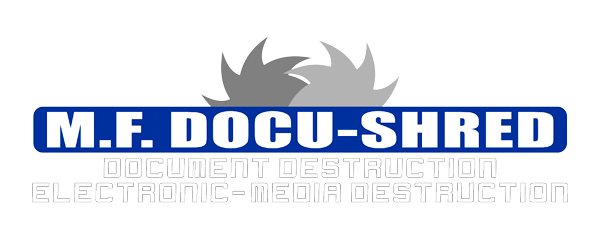 The History of Document Shredding
The History of Document Shredding
In today’s digital age, we often overlook the importance of document shredding. However, the practice of destroying sensitive information has a long and fascinating history. In this blog post, we will explore the origins and evolution of document shredding, from ancient times to modern-day practices.
Ancient Methods of Destruction
Document destruction dates back to ancient times, where methods of obliterating information were primarily focused on physical destruction. In ancient Egypt, for example, papyrus scrolls that contained sensitive information were destroyed by burning or soaking them in water. Similarly, the Romans and Greeks would shred their parchment documents to prevent their contents from falling into the wrong hands.
Industrial Revolution and the Birth of Shredding Machines
Fast forward to the Industrial Revolution in the 19th century, and we see the emergence of mechanical devices designed specifically for document shredding. The first patent for a paper shredding machine was issued in 1909 to an American inventor named Abbot Augustus Low. His invention consisted of a hand-cranked device that shredded paper into small pieces. While Low’s machine was not widely adopted at the time, it laid the foundation for the development of more advanced shredding machines.
World War II and the Importance of Document Shredding
The importance of document shredding became evident during World War II when both Allied and Axis powers recognized the need to destroy classified information to maintain secrecy. Governments and military agencies invested in more sophisticated shredding machines to ensure the secure disposal of sensitive documents. These machines used rotary cutting blades to shred paper into fine pieces, making it nearly impossible to reassemble the shredded documents.
Commercialization of Shredding Machines
After World War II, the commercialization of shredding machines began. In the 1950s, Adolf Ehinger, a German engineer, introduced the first cross-cut shredder. This new design shredded documents both vertically and horizontally, resulting in much smaller paper particles. The cross-cut shredder significantly increased the security of document disposal and quickly gained popularity in businesses and government agencies worldwide.
Legal and Regulatory Requirements
As concerns over privacy and information security grew, governments and organizations started implementing regulations and guidelines regarding document destruction. In the United States, for example, the Fair and Accurate Credit Transactions Act (FACTA) was enacted in 2003, requiring businesses and individuals to shred any documents containing customer information before disposal. Failure to comply with these regulations could result in significant fines and penalties.
The Digital Revolution and E-Waste Recycling
With the rise of digital technology, the need for document shredding expanded beyond physical documents. Businesses and individuals had to adapt to the shredding of electronic media, such as hard drives, CDs, and other storage devices. This led to the development of specialized shredders capable of destroying electronic media and ensuring the permanent deletion of sensitive information.
Furthermore, the increased awareness of environmental concerns prompted the development of e-waste recycling programs. These programs ensure that electronic devices are properly disposed of and any remaining data is securely destroyed. The shredding of electronic media has become an essential step in the recycling process to prevent data breaches and protect personal information.
Modern Document Shredding Practices
In today’s world, document shredding has become a standard practice in businesses and households alike. Shredding services and shredding machines have evolved to handle large volumes of documents efficiently. In addition, many service providers offer mobile shredding options, allowing on-site destruction for maximum security and convenience.
Conclusion
The history of document shredding is a testament to the ever-increasing need for information security. What started as ancient methods of physical destruction has evolved into advanced mechanical devices capable of obliterating sensitive documents and electronic media. As regulations and privacy concerns continue to grow, the practice of document shredding will remain an integral part of maintaining confidentiality and safeguarding personal information.
Got questions about what our document shredding service can do for you? Let us help! Contact us today to learn more!

